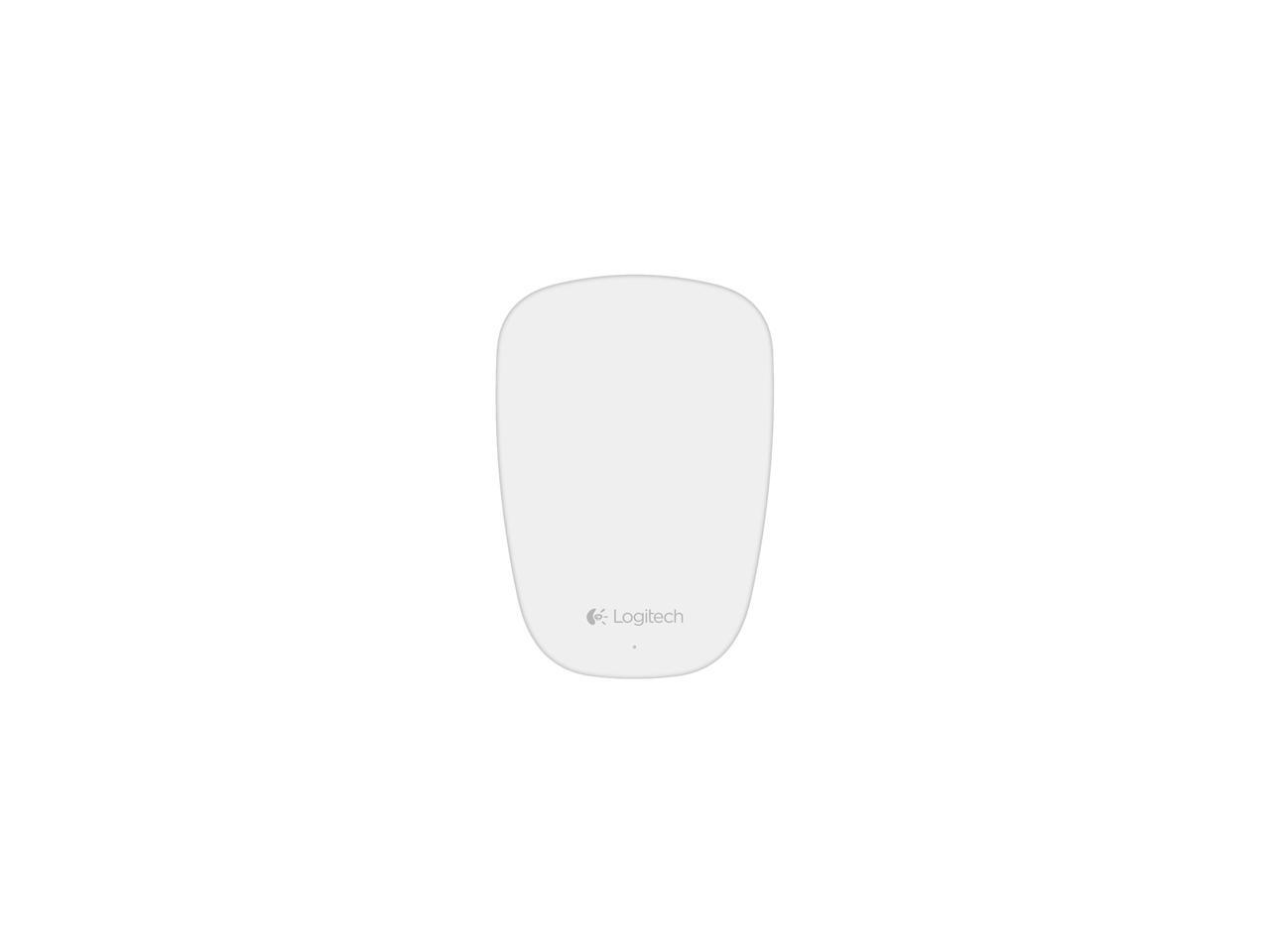

- #LOGITECH MOUSE MAC OS DESKTOP CHANGING HOW TO#
- #LOGITECH MOUSE MAC OS DESKTOP CHANGING MAC OS X#
- #LOGITECH MOUSE MAC OS DESKTOP CHANGING SOFTWARE#
#LOGITECH MOUSE MAC OS DESKTOP CHANGING SOFTWARE#
You can either compile that yourself or find a compiled version made by someone else - though not sure about the legality on that end, I did it myself so no issues) But please, save yourself some time and don't attempt to use Logitech's software as it only works on rare occasions and it'll bug-out when one or all of your computers are restarted. If you're like me and want to use one mouse with two computers at the same time, on the same network, either pay for Synergy or find a non-compiled version on GitHub (yes, that's 100% legal. (If you have enough/free ports, of course) If above method doesn't work: Plug in the Unifying USB into the Mac and use it with that.

Turn it off/on again and try pairing it to your Mac - this worked well for me and I didn't have any issues ever since.
If that doesn't work, turn off the mouse and turn it back on < Long press the switch button to start sync and delete the current one. Go to System Preference > Security and Privacy > Privacy > Accessibility, unlock at the lower left corner to make changes, uncheck the boxes on.How I fixed it: You can connect the mouse to multiple computers (usually 3), try a different mode by pressing the button on the bottom.

I use both a Dell Inspiron 7577 and the 15" Macbook Pro, so I even tried using them simultaneously with the Logitech software (but that's one hell of a buggy one to get them both connected/used at the same time.) My Logitech MX Master 2 did the same for no apparent reason, but got it working after a day or two.
#LOGITECH MOUSE MAC OS DESKTOP CHANGING MAC OS X#
This screen may be a little different on newer Mac OS X systems, but I’ve loaned my new MacBook Pro to a friend, and can’t look at it at the moment.Not sure if it's still an issue or it has been fixed yet. This preferences panel is shown in the following image: ”, and then you can select which key to use. In that panel there will be a setting that says, “Zoom using scroll wheel while holding. On Mac OS X 10.6.x, follow these steps to set this preference: Once you click the “Use scroll gesture with modifier keys to zoom,” you should find that the zoom-in, zoom-out feature works as I’ve described here. In the following image, the “1” indicates that the first step in the process is to search for “zoom,” and then the “2” shows the checkbox that needs to be clicked: On Mac OS X 10.9 (and possibly 10.7 and 10.8), I find it easiest to search for the word “zoom” inside of the System Preferences dialog, then go to the Accessibilities option that lets you click the checkbox that needs to be clicked. If this tip doesn't work for you by default, take a look at your System Preferences settings. Just hold down the key, then slide your finger to the top or bottom of the mouse, and you’ll zoom in and out just like you would with a mouse scrollwheel. I just bought an Apple Magic Mouse for use with my iMac, and you can use it to zoom in/out just like you can use a mouse with a scrollwheel. A lot of times I’ll find myself making text larger in Firefox by changing the font size ( + to make the font larger, - to make it smaller), but I prefer this Mac zoom-in/zoom-out approach. Again, hold down the key, but this time take two fingers and swipe upwards on the trackpad area to zoom in, then use your two fingers to swipe downwards to zoom out. You can also zoom in and zoom out your screen on a MacBook Pro trackpad. Zoom Out: Press the key and scroll down with the mouse. Zoom In: Press the key and scroll up with the mouse. To summarize, here are the Mac/iMac screen zoom commands:
#LOGITECH MOUSE MAC OS DESKTOP CHANGING HOW TO#
Note: If this doesn’t work on your system, scroll down to the “Not working?” section below, where I describe how to fix this problem. The entire Mac screen zooms in and out, just like the “software zoom” on a digital camera. If you’re using a Mac desktop system (iMac or Mac Pro) with a keyboard and a mouse with a mousewheel, just press and hold the key, then scroll the mousewheel up and down, and you’ll see what I mean. Note that this solution has been tested on macOS (formerly Mac OS X) systems from OS X 10.6 through macOS 10.14. The solutions are shown in the sections that follow. Yes, you can “zoom in” or “zoom out” your Mac screen. MacOS screen zooming FAQ: Is there a way I can zoom in and zoom out my Mac screen (iMac, MacBook, MacBook Pro, Mac Mini)?


 0 kommentar(er)
0 kommentar(er)
